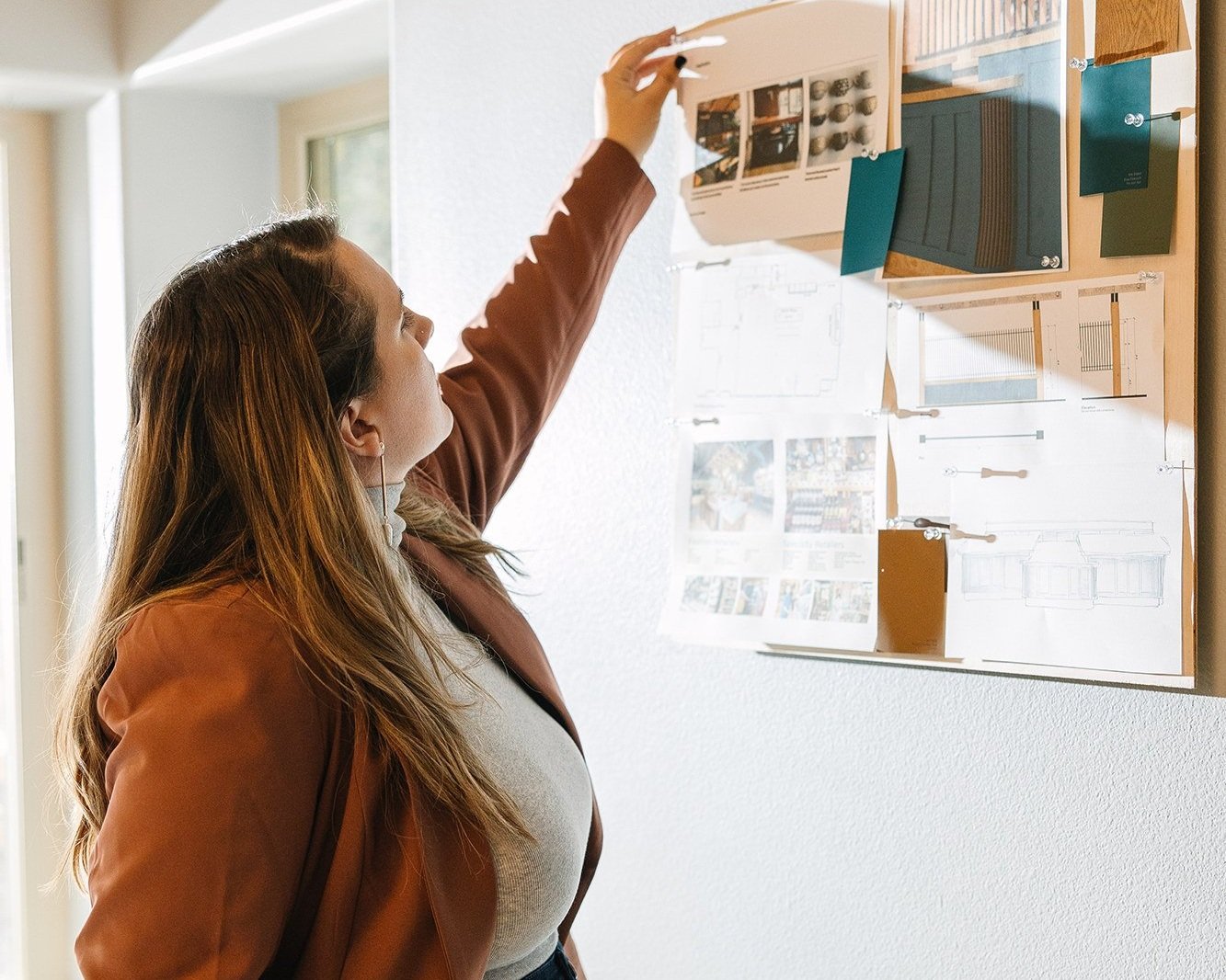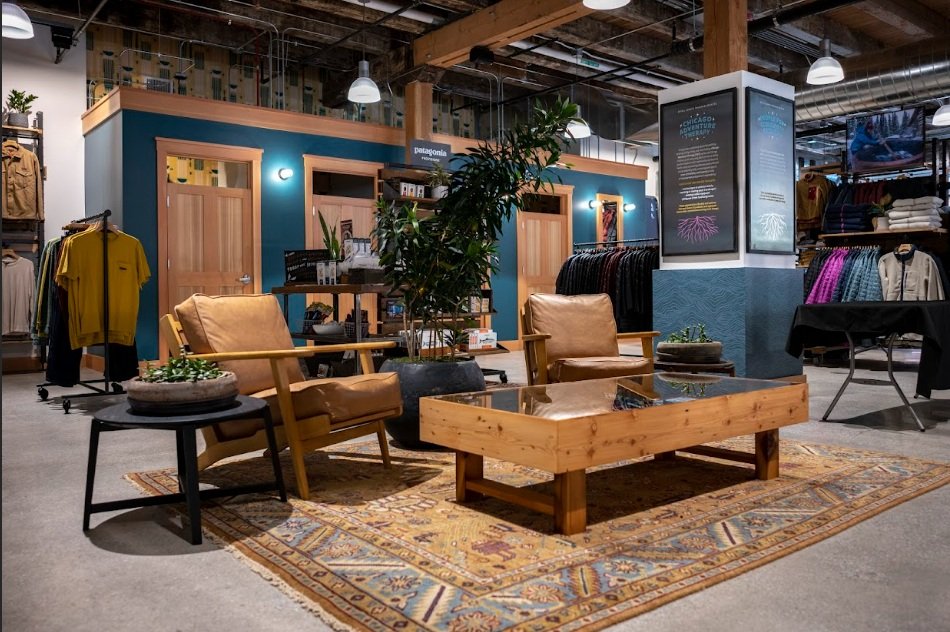Insights

Why POP Displays Matter in Outdoor Retail
In this article, we’ll explore the benefits of POP, the types most relevant to outdoor apparel retailers, and smart tips for design and execution. Because when it’s done right, POP doesn’t just support the shopping experience, it shapes it.

Concept to Conversion: 3 Retail Design Services to Elevate your Store
Whether you want a full-scale store build-out or a seasonal refresh, we offer a variety of levels of support that will increase your walk-in and conversion rates. In this article, we will explain our different retail design services and the potential return on investment of each so you can confidently choose the right approach for your business

The Retail Construction Roadmap: How to Create the Perfect Timeline for Your Next Store Opening.
Customers want more from retailers than simply a place to shop; they want experiences. This shift means retailers need to put even more thought into their physical locations than ever before, which can mean longer retail construction timelines. In this article, you’ll earn the key phases of opening a new retail location and what to expect during each phase of the project.

How Innovative Fitting Rooms Enhance the Shopping Experience
In the world of retail, every square foot of space plays a role in creating a memorable shopping experience. Yet, fitting rooms are often overlooked. A well-designed fitting room, however, is the cherry on top of a thoughtfully crafted retail environment. In this article, we’ll explore the key elements of exceptionally designed fitting rooms and why investing in these spaces can pay off in big ways for your business.

Why Big Brands are Opening New Physical Retail Spaces in 2025
Why in an era dominated by e-commerce are companies investing heavily in physical retail spaces? In this article, we discuss the shift in evolving consumer preferences, the power of immersive retail experiences, and what it means for the future of shopping.

What You Can Learn From Newbury Street Retailers to Get More Customers
Newbury Street in Boston is a mile-long shopping experience destination known for its picturesque brownstones and vibrant mix of retail offerings, dining, and galleries. Our principal designer packed her bags and went on a tour of the most iconic retail spaces to see what makes Newbury Street retailers so captivating.

How to Create an Exceptional Cash Wrap and Checkout Experience for Your Customers
Cash wraps are among the most important aspects of any retail space. They visually ground the space, allow team members to maintain visibility over key areas to track customers, and act as the final touch point in the customer journey. Learn how to create an exceptional cash wrap in your store.

Trends, Brands, and Inspiration from Outdoor Retailer 2024
Join our principal designer at Outdoor Retailer 2024 as we explore exciting brands, retail trends, and how you can make your brand stand out amongst the crowd.

How to Create Engaging Window Displays for Any Retail Space
Window displays are retail stores' “first impression” for customers. They make or break a customer’s decision to even look at your selection of merchandise. Learn how to create an engaging window display for your retail shop, no matter the size or shape of your space.

Behind the Aesop Aesthetic: A Retail Tour of 4 Unique Store Designs
Our principal designer packed her bags and went on a Retail Tour of the most iconic stores to see what makes these retail experiences successful. This article will explore 4 different Aesop stores and share what makes each location unique, yet similar.

Inside On Portland: an Immersive Footwear Retail Experience
Our principal designer packed her bags and went on a Retail Tour of the most iconic stores to see what makes these retail experiences successful. This article will explore On Portland and what makes it a well-designed and unforgettable footwear experience.

From Concept to Reality: HOKA Melrose Retail Store Design Case Study
Come take an inside look into one of our recent projects for HOKA Melrose. From concept to reality see this store design transform.

5 Reasons Your Retail Store Should Add a Community Space.
Retailers have found success in connecting with consumers by adding community spaces inside their shops and spaces. In this article we will share 5 reasons adding a community space to your retail store is a necessity in today’s competitive retail landscape.

What to expect when working with a Retail Designer for the first time.
Whether it’s your first time opening a retail location or you feel like a seasoned pro, working with a retail designer is an exciting process! This article will guide you through the entire process of collaborating with a retail designer, from start to finish.

7 Creative Ideas for Retail Stores that won’t break the bank.
In this guide, our designers have compiled our best creative ideas for retail stores that won’t break the bank for your next store opening or refresh.

How these 9 Women in the outdoor industry are Challenging Norms
These 9 women in the outdoor industry are currently making moves to challenge and change the outdoor industry to be more inclusive for all.

6 Ways a Retail Store Designer will Save you Money on your Next Store Opening
Wondering if hiring an expert is right for you? Retail store designers help create shopping experiences that are truly representative of your brand and leave lasting impressions that build trust and entice customers to keep coming back. Not only will they help you save money when first opening your store, their designs and expertise will help you sell more products and keep customers coming back!

5 Essential Strategies to Foster Customer Loyalty and Repeat Business for Small Retailers
In the competitive world of retail, small businesses often find that their physical retail stores' survival hinges on their capacity to establish a loyal customer base.
The secret to cultivating this kind of loyalty lies in creating shopping experiences that are truly representative of your brand and leave lasting impressions that build trust and entice customers to keep coming back.

Understanding the Role of Retail Experience Designers
While the job of an interior designer might be familiar to most, in the context of retail design, there exist specialized professionals known as Retail Experience Designers.
As you weigh the decision of whether to enlist the services of a retail experience designer for your company, it's crucial to recognize that their responsibilities extend far beyond simply crafting visual appeal.

